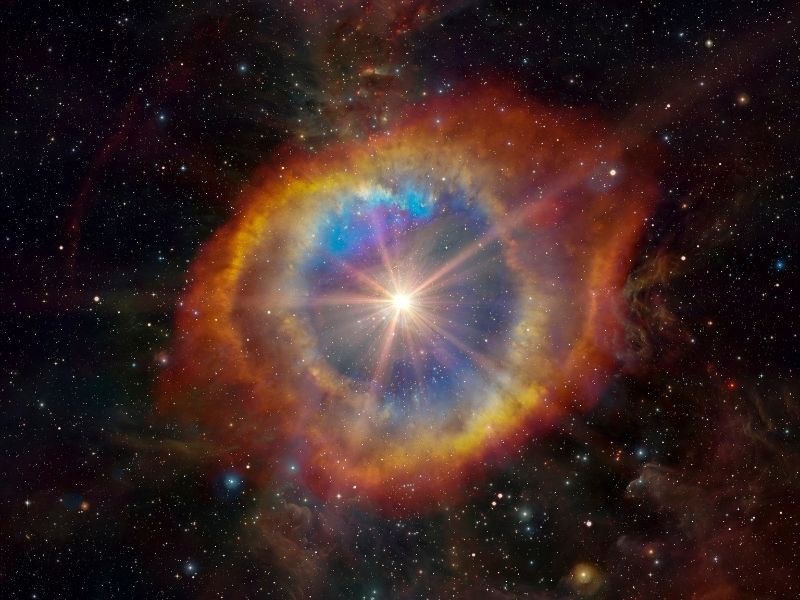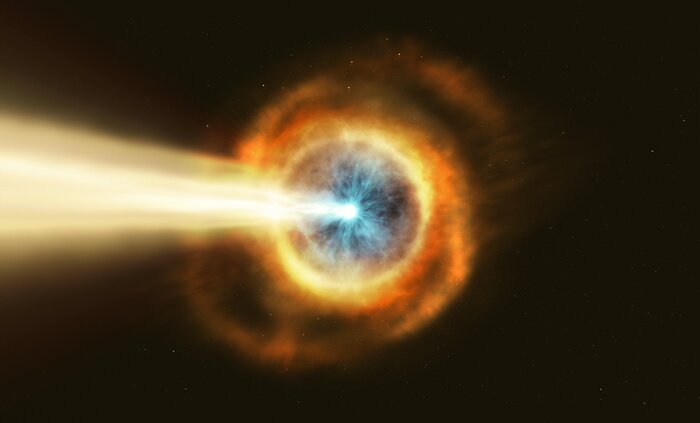Exoplanets
IF and ONLY IF you were alerted that nova T CrB is erupting now, observe it immediately and as often as possible with this deeplink.
(Otherwise, scroll down for normal observing instructions.)

Pick Your Cosmic Cataclysm from the Latest Alerts!
Cataclysmic events are happening every night somewhere in the observable Universe. Our goal is to catch them.
Be the first to observe a transient event like a supernova, gamma-ray burst, or maybe a phenomenon as yet unknown to humanity. These cosmic happenings are unpredictable and short-lived, so we need to observe them as soon as they appear.
The table below lists the latest targets to appear: Pick your favorite(s) and start observing!
If you are new to this, please read the Tutorial first.
When you are done observing, click here to report your observation with a short form.
Go get 'em!
Highest Priority Cosmic Cataclysm Targets
- T CrB - Observe nightly! Deeplink - Visible from both hemispheres. T CrB is a long-term recurrent nova target that we are watching for an upcoming eruption expected anytime from now to 2026. We want to catch it the moment it erupts and starts to brighten. Observing details in table below. Visit the T CrB event page for the latest results and details.

Variable Star Targets with AAVSO
The Unistellar Network is collaborating with AAVSO (American Association of Variable Star Observers) to observe variable stars in the Milky Way. The active targets are:
- T CrB - Observe nightly - Both Hemispheres. Major target. See "High Priority" target above for details.
- EE Cep - Observe multiple time per night from 1 October to 1 January, and once per night otherwise: Deeplink - Northern Hemisphere. The AAVSO requests assistance monitoring the long-period (5.61 years) eclipsing binary EE Cep for a campaign that will last from the beginning of October until the end of 2025. EE Cep is a member of a short list of so named "disk-occulting systems" in which the ring of dust orbiting one star occasionally blocks part of the light we see from the second star. This results in very long eclipses (57 days in this case) compared to what we expect from ordinary eclipsing binary stars. Though EE Cep has been observed a number of times, it still needs thorough observation in order to better characterize its evolution. The beginning of the ingress will take place around the 15th of October, the mid-eclipse is predicted on the 13th of November, and the end of the egress is expected on the 11th of December. Before the ingress one or two measurements during the night will be useful, whereas during the eclipse we count on the highest possible time resolution of observations.
The HD 136633, AS Dra, HD 38623, PQ Ser, LY CMa, WR 140, IGR J00370+6122, TX Del, S Vul, CV Ser, V729 Cyg, and V0646 Cas observing campaigns are complete. Thank you!
Cosmic Alert Targets
After the priority targets listed above, the highest priority Cosmic Cataclysm targets are at the top of the table (with the most recent "Discovered" date). But we still want to collect observations for all targets in this table.
Visibility note: If your observing location's latitude is within +/- 70 degrees of the target's "Dec" value (its first number), then the target is likely visible to you. The closer your latitude is to the Dec, the higher in the sky the target will rise for you. Maps are being developed to make determining visibility easier.
If you use a deeplink or RA & Dec coordinates from the table below and have a level tripod, your telescope should be on target. There is no requirement to compare your field of view with a finder image.






